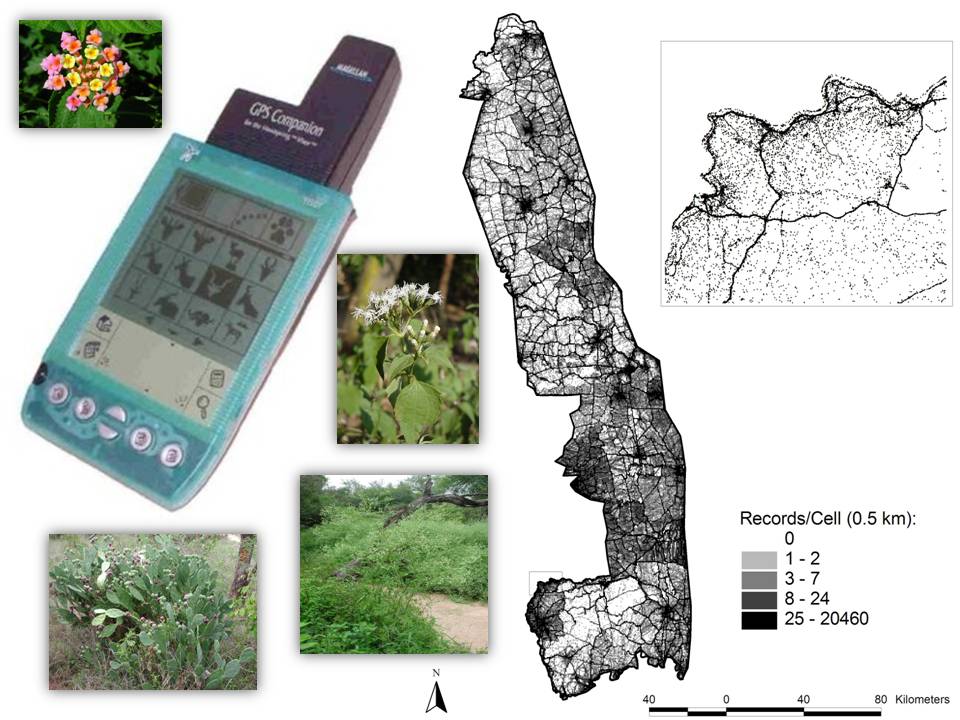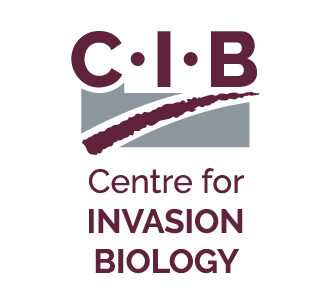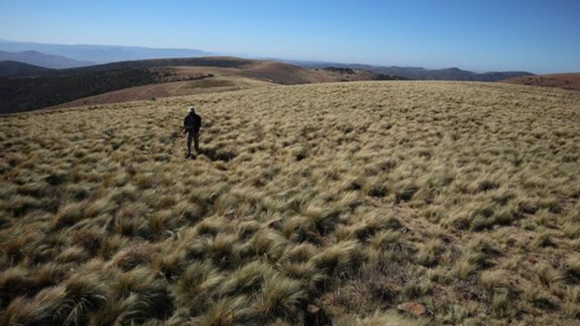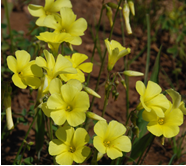Protected areas are a crucial part of global biodiversity conservation strategies. However, the ecological integrity of most protected areas is currently under threat from biological invasions which are a major direct driver of biodiversity loss, changes in ecosystem services and biotic homogenization. Effective management of invasive species in protected areas demands multi-layer initiatives linked with monitoring and impact assessing. This target requires efficient sampling schemes plus robust approaches for abundance estimation using data from large-scale monitoring programmes.
A team of C·I·B-affiliated researchers comprising Cang Hui, Llewellyn Foxcroft and Dave Richardson worked with South African National Parks researcher Sandra MacFadyen on addressing this problem for the past two years. In a recent publication in the British Ecological Society’s publication Journal of Applied Ecology, they offer a solution for monitoring invasive plants in protected areas. The paper reports their findings using data from the CyberTracker programme for the invasive alien plants in South Africa’s flagship protected area, the Kruger National Park.
The research team used data collected by the CyberTracker system between 2004 and 2007 comprising 2.4 million records on nearly 200 invasive alien plant species. Most records are for the dominant invasive plant species Opuntia stricta (72%) and Lantana camara (8%), and about 120 species have fewer than 10 records. The extremely low occurrence (~1%) of invasive plants does not indicate insufficient sampling intensity or sampling preference, but is probably due to the current policy of preventing and managing alien plant invasions. However, invasions of many species are currently at an early phase and have the potential for rapid expansion.
The paper presents a Bayesian method for abundance estimation which deals with the pseudo-absence dilemma (that is, areas with only absence records are not necessarily true absence of the focal species; it can be either true absence or due to sampling omission). This method produces a true abundance map for each species which can further help to define optimal monitoring and management strategies for the estimated 2.2 million invasive plants in the park.
The study explored the efficiency of five sampling strategies (i.e. different ways of spatially allocating sampling efforts) in arriving at accurate estimates of abundance and distribution (depicted by Moran’s spatial autocorrelation index). An equal-weighted uniform sampling strategy was identified as the best sampling scheme for abundance estimation, but not for detecting spatial autocorrelation. The species-specific optimal sampling efforts were presented.
The species-abundance distribution shows a two-group bimodal form, clearly different from the canonical unimodal log-normal (or zero-sum multinomial) shape. Strong support for this two-group species-abundance distribution has also come from previous work, including research by Anne Magurran and Peter Henderson in a study of an estuarine fish community and by Thomas Southwood for a heteropteran insect community. Alien species move through a series of stages during the introduction-naturalization-invasion continuum and often experience time lags before rapid expansion. The two-group form provides a way of identifying natural break points in the species-abundance distributions that can separate established invaders from those that have been recorded but which are still in a time lag.




